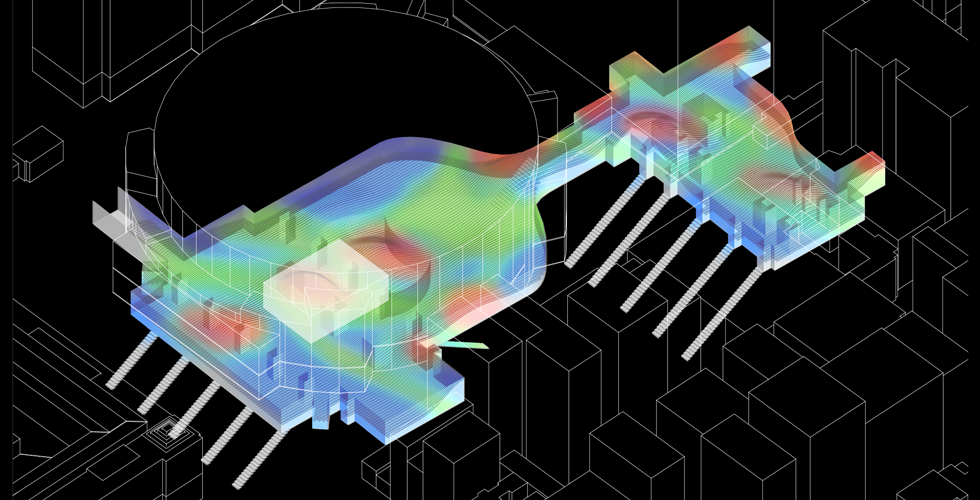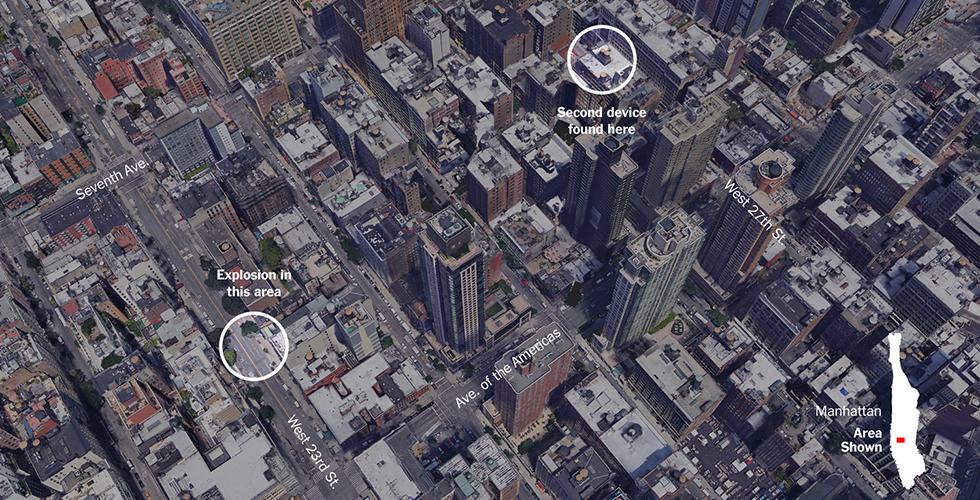Points Unknown: Cartographic Narratives
Society is increasingly dependent on data and computation, a dependence that often evolves invisibly, without any critical assessment or accountability. In New York City, with its mandate to make data public, students have an opportunity to learn how to question data through journalistic lines of inquiry: What data are made public? What data are kept hidden? Who was involved what data are included and excluded? Who wasn't? What do they say about life in the city? How are neighborhoods rendered in data and what are the consequences of those representations? What undiscovered stories can be found in the data? Spatial/Data training paired with journalism can serve as a missing “integrator” of data and the real world—providing lessons that travel beyond the boroughs of New York. A wide array of available data- and spatial-visualization tools can extend journalistic practice, helping reporters better find, understand, and tell stories. These same tools can expose the invisible spaces, forces, and environments that architecture, urban design, and planning students must engage, navigate, and learn to represent as part of their data/spatial toolkits. Points Unknown will train journalism and architecture students in data analysis and mapping/GIS techniques. Through pairing the processes of architecture and some of the skills of journalism, this course will explore sites in the New York City/Hudson Valley Region, selected for their unique connection to the city, their effect on certain demographic populations, and their environmental impact. Students will work under the direction of an editor to explore and report on a select site, spending the semester researching and constructing a geospatial narrative. Students will learn, from start to finish, how to find, clean, analyze, and visualize data. In some instances, this will result in analysis of data that does not include a spatial component. In others, this will result in beautiful and illustrative visualizations. In all instances, students will learn how to investigate their identified site through data. Students will research the site, conduct interviews, gather data, perform exploratory data analysis, and learn various geospatial visualization techniques to produce a comprehensive narrative. To the architect and designer, the class will provide exposure to journalistic techniques, reshaping their traditional approach to a site survey. To the social scientist, it will provide new modes of expression. To the journalist, the class will provide skills-based training for data analysis and visualization, both for reporting and publication. And to the humanities students, this will be an intensive introduction to data and visualization. The full syllabus is available here.
Friday 11-1pm, 600 Avery Hall A4063
Call number: 14302 Points: 3
Michael Krisch, Deputy Director, Brown Institute for Media Innovation & Juan Francisco Saldarriaga, Senior Data & Design Researcher, Brown Institute for Media Innovation
Points Unknown—designed jointly by faculty at the Graduate School of Journalism and the Graduate School of Architecture, Planning, and Preservation—is funded by Collaboratory, a new university-wide program led by the Data Science Institute and Columbia Entrepreneurship to catalyze interdisciplinary curricular collaboration.





